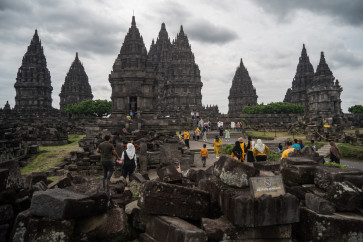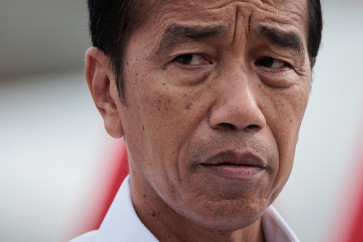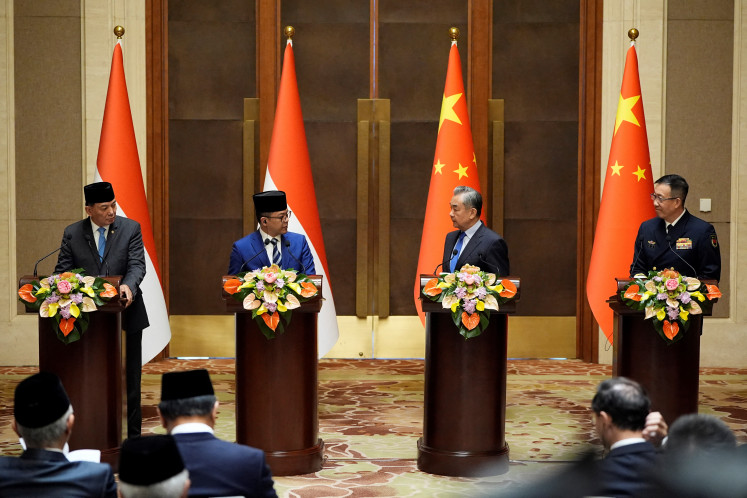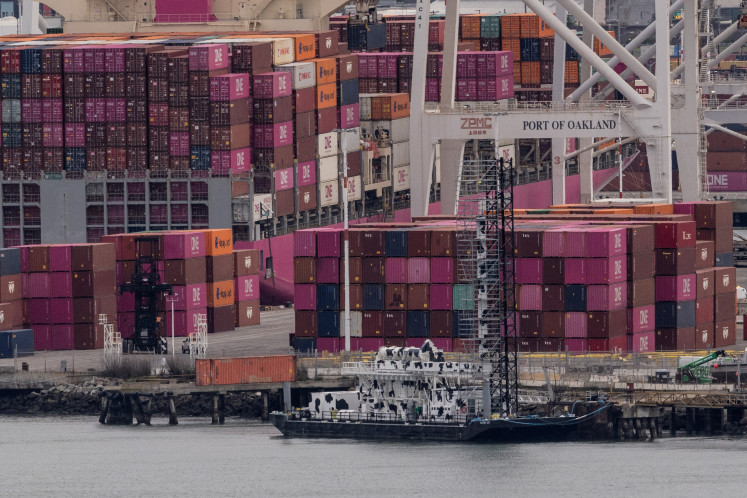PLN to go nuclear if renewable energy goal flops
Change text size
Gift Premium Articles
to Anyone
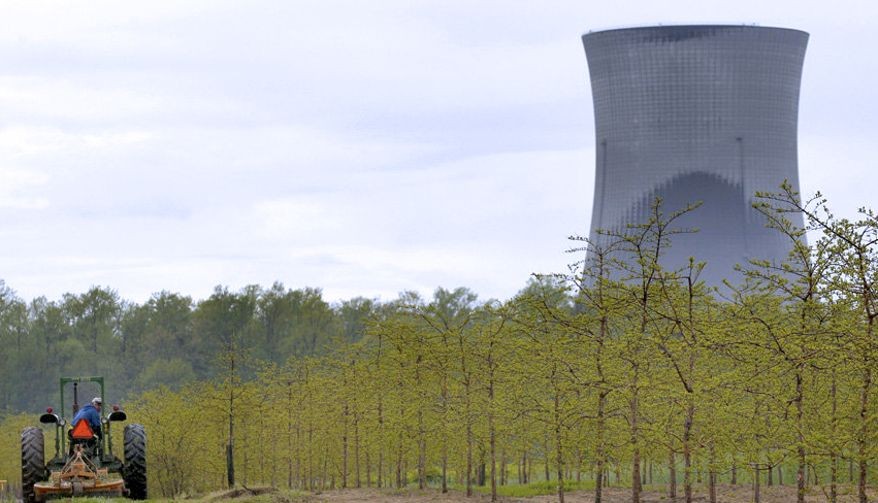 A nuclear power plant in Perry, Ohio, United States. (AP/-)
A nuclear power plant in Perry, Ohio, United States. (AP/-)
S
tate electricity company PT PLN has revived Indonesia’s long held ambition to operate nuclear power plants after it officially floated the idea for the first time in its new business plan, which will guide the company’s operation until 2026.
PLN’s so-called business electricity procurement plan (RUPTL), officially endorsed by the Energy and Mineral Resources Ministry last month, also opened up the possibility of installing nuclear plants in remote regions, as an alternative to highcost renewable energy sources.
While the RUPTL maintains that nuclear energy remains a last resort for electricity procurement, it notes that the energy source must be considered if renewable sources from water, wind, geothermal, solar and biomass fail to meet the desired target.
In its plan, PLN conveyed a firm commitment to ensuring at least 23 percent of the country’s power plants are fueled by renewable energy by 2025, up from the current figure of 13 percent.
“Nuclear energy, as a low-carbon energy source, can be used as an alternative to meet the clean energy target,” the plan states.
A source at PLN said recently that the plan to go nuclear is in progress, as indicated by the allocation of state budget funds to conduct a comprehensive study on the matter this year.
Government officials have previously stated that nuclear power was not on the table for the current administration, as long as the supply of coal and gas remained abundant.
However, the inclusion of nuclear in PLN’s business plan indicates a reversal of this policy.
As Indonesia is an archipelagic country, PLN also makes specific note of the possible use of small modular reactors, which can produce up to 300 megawatts of electricity (MWe), for certain islands, but also notes further studies are needed as small modular reactors are not yet commercially available.
PLN also shared its concerns that the capital, radioactive waste management and nuclear liability costs of nuclear power plants remain unclear as they differ from study to study.
Although a 2006 joint study showed that investment in nuclear power plants would only cost US$1,700 to $2,300 per kilowatt (kW), a later study showed costs could run as high as $6,000 per kW.
In comparison, a recent 1,000 MW coal-fired power plant, constructed by a Chinese consortium in Indonesia, only costs $1,000 per kW.
Safety concerns have dominated the majority of discussions on nuclear power development as Indonesia lies within the volatile Pacific Ring of Fire.
The country has delayed nuclear development for years, citing it as a “last resort”, with the government shelving its plan to build its first nuclear power plant following the Fukushima nuclear disaster in Japan in 2011.
But despite its controversial nature, nuclear power is categorized as a source of clean energy.
Although Indonesia has ratified the Paris Agreement on climate change, which aims to formalize the country’s commitment to reducing its emissions of carbon dioxide and other greenhouse gases, more than half the country’s electricity is still procured from coal.
The House of Representatives seems to be on board in support of PLN plans to go nuclear.
Satya W. Yudha, deputy chairman of Commission VII overseeing energy, said the government should make nuclear energy a viable option, instead of a last resort.
“We can no longer turn a blind eye toward our neighboring countries, such as Singapore, Vietnam and Thailand, who have jumped on the nuclear bandwagon in their energy plans,” he said.
“In the future we need to conduct more studies on nuclear waste management in the region,” the Golkar Party legislator told recently.
Fellow Commission VII legislator The Jakarta Post Kurtubi, a long proponent of nuclear energy, said the energy source “could kill several birds with one stone,” including the assurance of a large scale power supply and providing energy without carbon emissions.
He noted that there were several locations in Java and Kalimantan that could potentially be suitable locations for nuclear power development.
Experts, on the other hand, were divided on whether developing nuclear energy in Indonesia was a good idea.
Wood Mackenzie senior research analyst Edi Saputra said Indonesia’s geographic conditions, which are prone to earthquakes and other seismic activities, made it unsuitable for nuclear development.
“From a cost perspective, electricity from gas and liquefied natural gas is more economical than nuclear,” he said.
Iwa Garniwa from the University of Indonesia (UI) said that if PLN was serious about building nuclear power plants, it needed to state a clear timeline for conducting feasibility studies and beginning construction.
“If the language was more assertive, then stakeholders could take concrete steps, such as developing studies at higher education institutions and preparing the necessary infrastructure,” he said.


